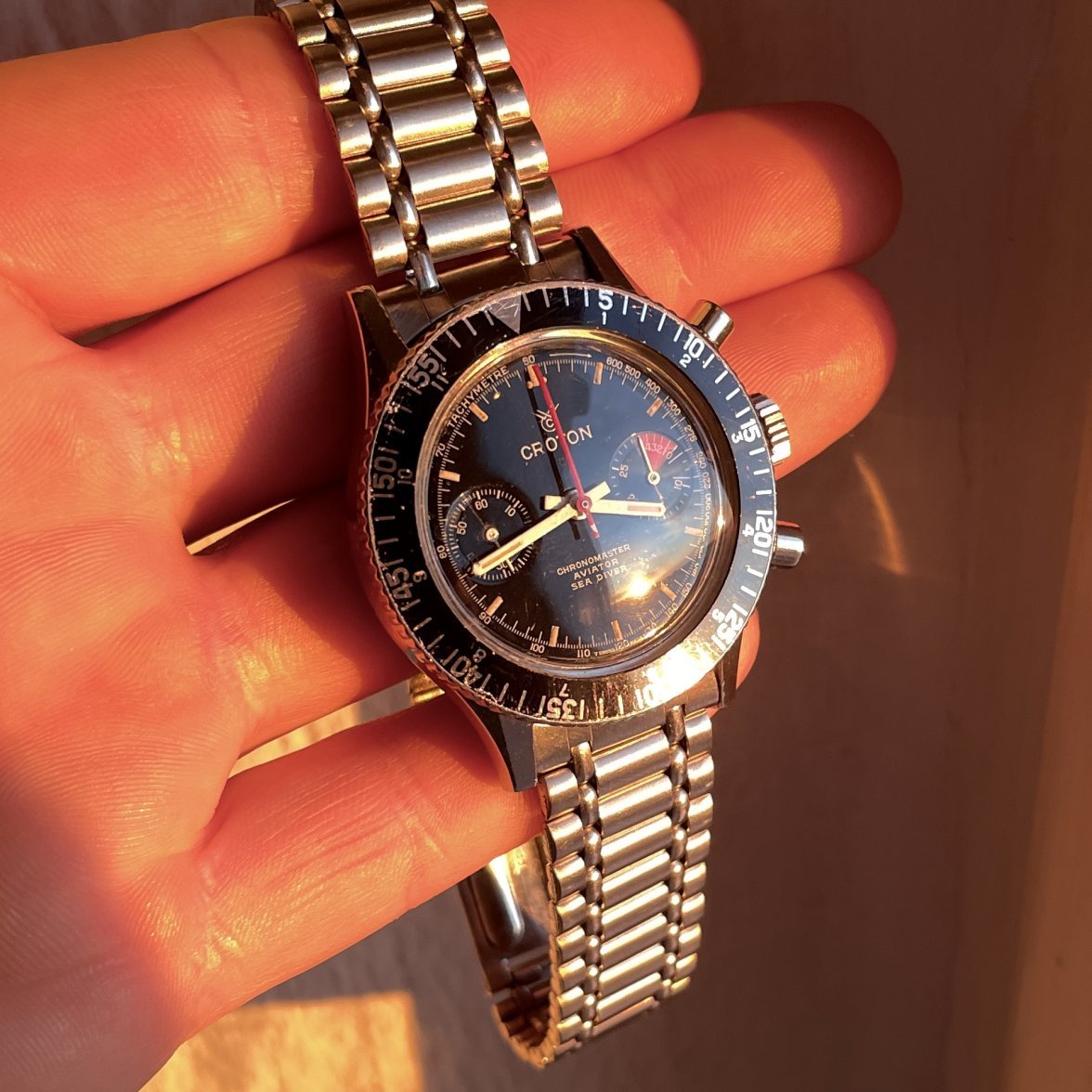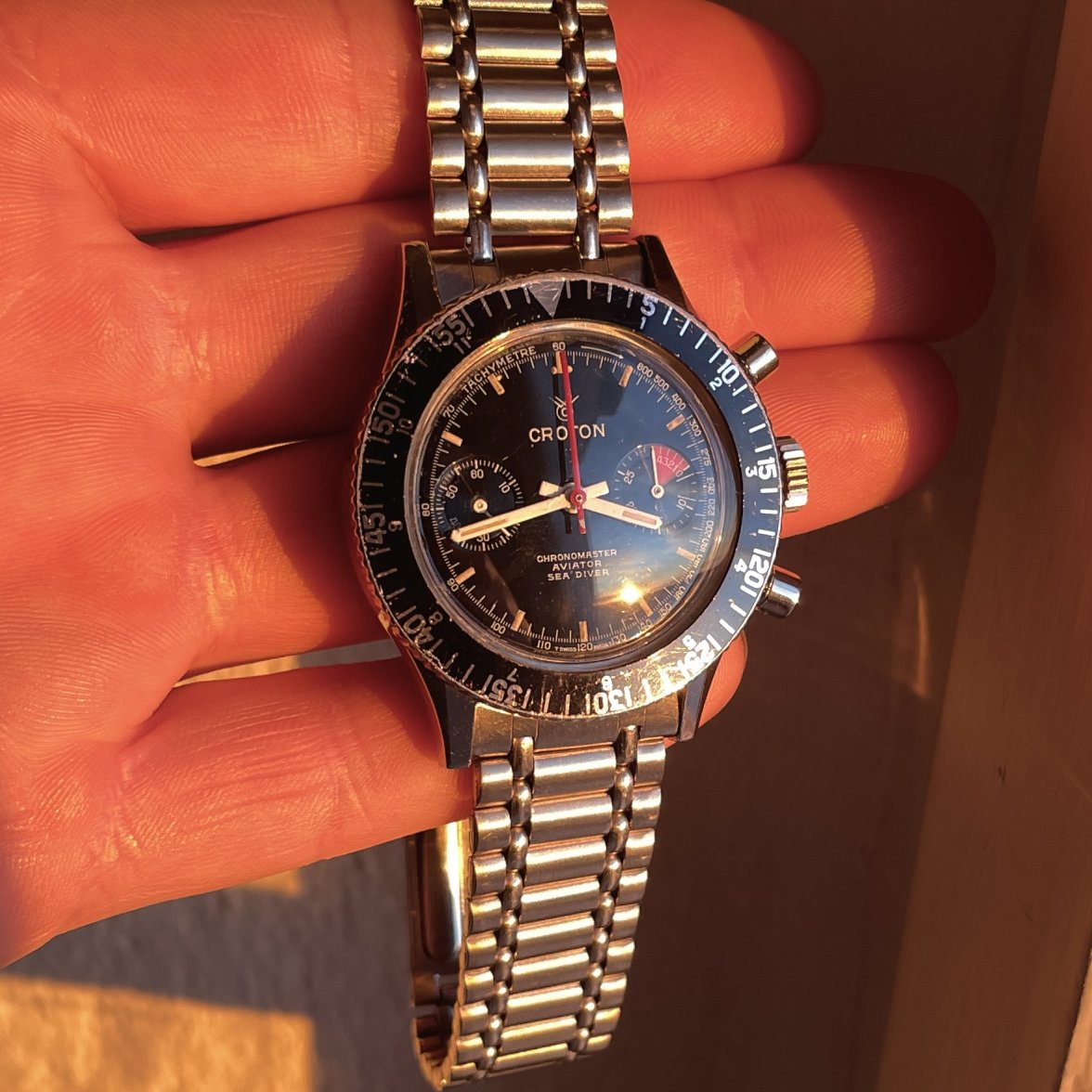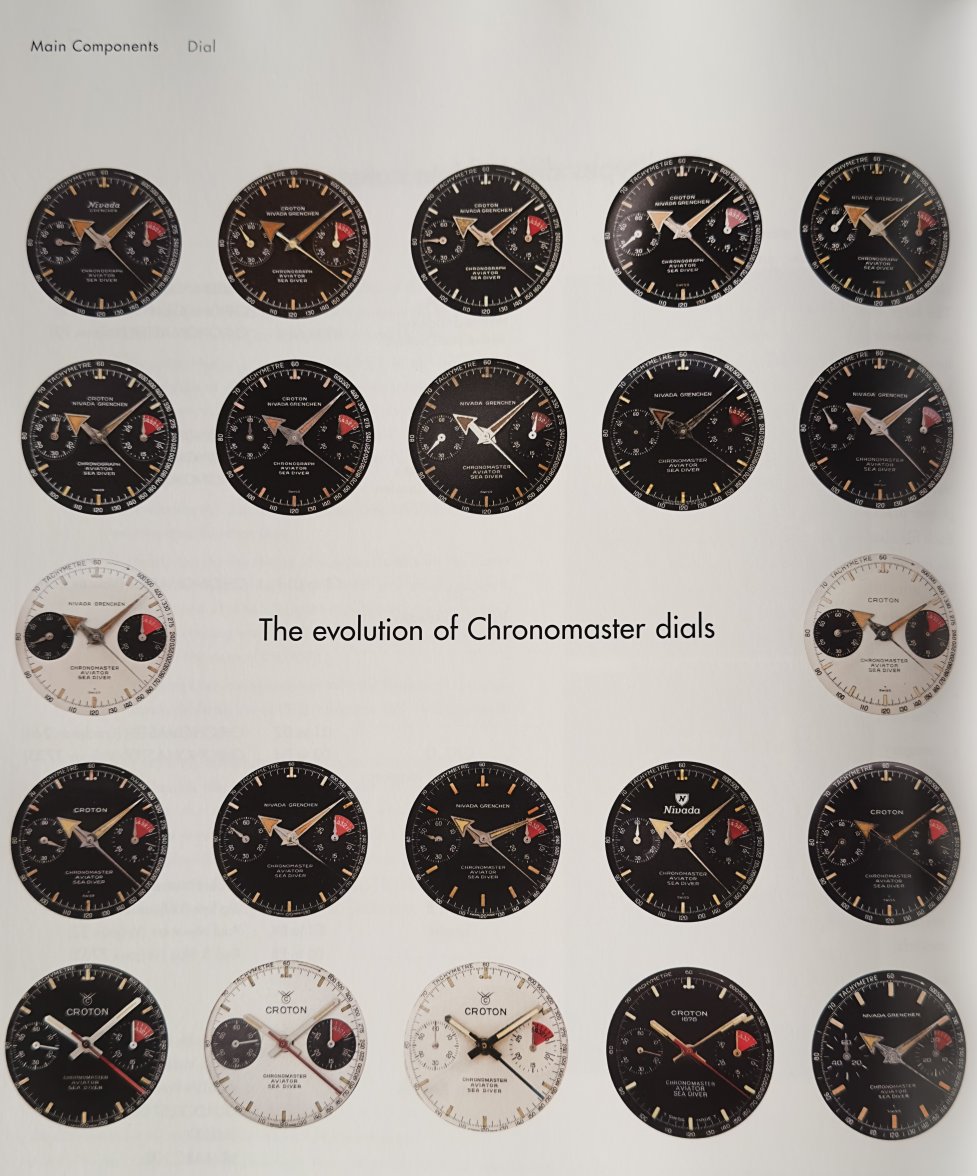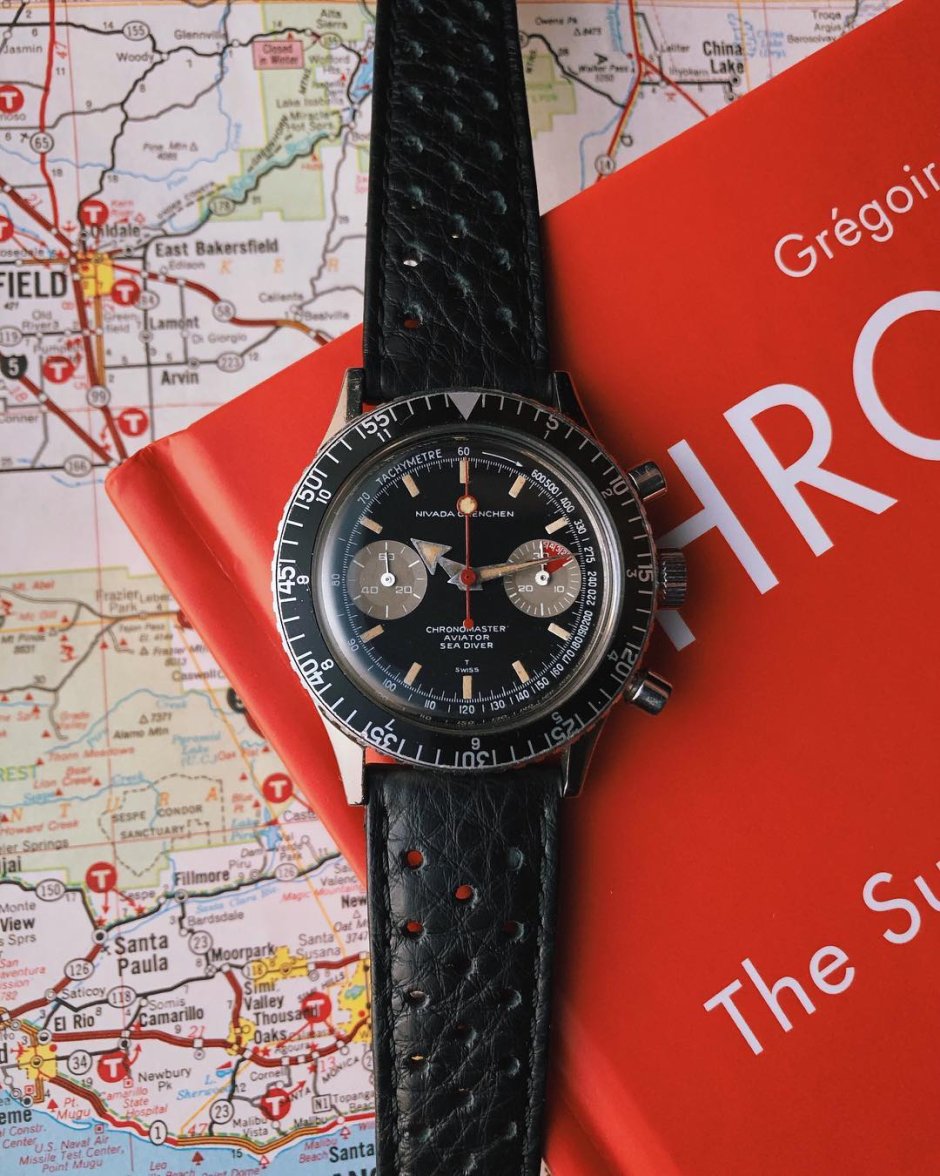alane24
·Also, with modern watches I'm more nonchalant in general; I don't care if I scratch or ding my watch. With vintage watches I am considerably more cautious. I don't want to beat them up, they have survived for decades in good original condition, so I don't want to be the person who ultimately destroys them.
Fairplay. But... Realistically, how much damaged would you do on a given day?
I don't mean to project my POV onto anyone here, but I want to be able to wear most if not all of my watches w/o worry. When I have a watch go in for service I have all of the gaskets replaced (if possible) and make sure it passes at least 1 atm so that I know it'll be safe from chance encounters with water.
I recently had my Tudor Sub from 1990 serviced and stipulated that we do everything possible to make it pass 10atm in the pressure tester because I want to actually use the thing the way Tudor had intended. Unfortunately we couldn't hit 20atm as there was too much pitting on the midcase (from a really shitty previous service) to pass. But 10atm will do! It will be my canoeing/camping/swimming/fishing companion this upcoming summer. I'm not really worried about what could happen to it. That's me though
I've seen fog on the inside of the crystal of the aforementioned Tudor and it was panic city. And that was just after being outside in cold weather and having the watch under my cuff. Temp differences created the condensation.
Having watches pass a small amount of water resistance testing gives me peace of mind that if I have to grab my kid out of the tub or get caught in the rain I don't need to really worry.
Edited:





